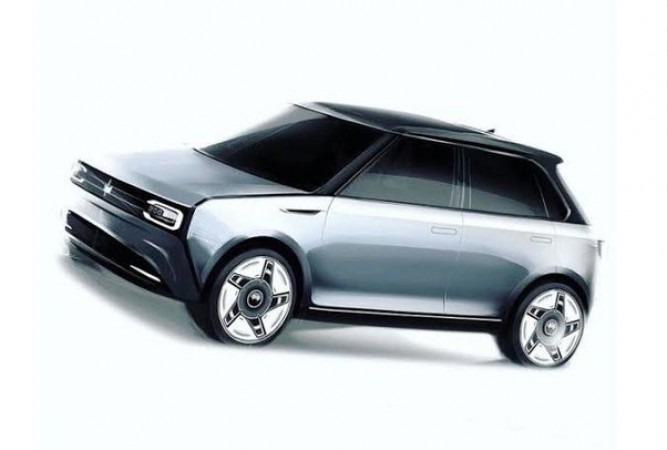
In the early 1980s, India's roads were populated by large, fuel-inefficient cars, creating a gap in the market for a vehicle that was both affordable and efficient. The Indian automotive industry was poised for a transformation.
In 1983, the Maruti 800 was introduced, marking a groundbreaking collaboration between Maruti Udyog Limited and Suzuki Motor Corporation. This joint venture set the stage for a significant shift in India's automotive landscape.
One of the pivotal factors that distinguished the Maruti 800 was its affordability. This made it a game-changer, rendering car ownership not just a luxury but a practical and attainable goal for the burgeoning middle class.
The compact design of the Maruti 800 addressed a critical need in India's urban centers. Maneuvering effortlessly through congested roads, the car quickly gained popularity, especially among city commuters.
Maruti 800 became a social equalizer, transcending economic classes. It broke down barriers, allowing individuals from diverse socio-economic backgrounds to experience the joy of owning a car.
The car became a symbol of empowerment for the middle class. It wasn't just a means of transportation; it represented a tangible step toward financial prosperity and social status.
Over the years, the Maruti 800 evolved with the times. Technological advancements were incorporated to ensure the car stayed relevant in a rapidly changing automotive landscape.
To cater to different generations, subtle design modifications were made to the Maruti 800. These changes kept the car visually appealing while retaining its core features.
While facing increasing competition, Maruti 800 consistently adapted. Its ability to navigate challenges and maintain its leadership position speaks volumes about its resilience and market understanding.
With growing environmental concerns, the Maruti 800 underwent changes to meet emission standards. This highlighted a commitment to sustainability, aligning with global efforts to reduce the carbon footprint of automobiles.
The Maruti 800 transcended its role as a mere car, becoming a pop culture icon. Its presence in movies, advertisements, and even songs cemented its place in the hearts of the people.
Even today, the mention of Maruti 800 evokes nostalgia. Many fondly recall their first car, emphasizing the emotional connection people have with this iconic vehicle.
The Maruti 800's legacy endures as a testament to its profound impact on Indian society and the automotive industry. It set the standard for affordable and practical cars.
Automakers worldwide draw valuable lessons from the Maruti 800's success story. It emphasizes the importance of understanding local needs and adapting to market dynamics.
In the contemporary era of electric vehicles, the Maruti 800's legacy inspires a continued shift toward sustainable and eco-friendly mobility solutions. The lessons learned from its success contribute to shaping the future of the automotive industry.
The future promises tech-driven solutions for personal mobility. Innovations like connectivity and autonomous driving are poised to revolutionize the driving experience, taking inspiration from the Maruti 800's journey of innovation.
The automotive sector faces economic challenges, but the Maruti 800's journey provides a guide. It emphasizes the need to navigate economic shifts strategically to ensure continued growth.
As technology advances, embracing these shifts becomes imperative for sustained growth in the automotive sector. The Maruti 800's evolution reflects the importance of staying ahead in a tech-driven world.
Owners share heartwarming stories of their Maruti 800 experiences. This sense of community among enthusiasts highlights the profound impact the car had on people's lives.
Beyond being a mode of transportation, the Maruti 800 forged emotional bonds. It became an integral part of families, witnessing countless memories and milestones.
In retrospect, the Maruti 800's journey from 1983 to the present day is a celebration of innovation, resilience, and its profound impact on Indian society. It remains a symbol of how a car can go beyond being a machine, becoming an integral part of the cultural fabric.
Just press a button and the car starts, know how this process happens
Kia has made big preparations for the year 2024, may launch new Carnival and EV9